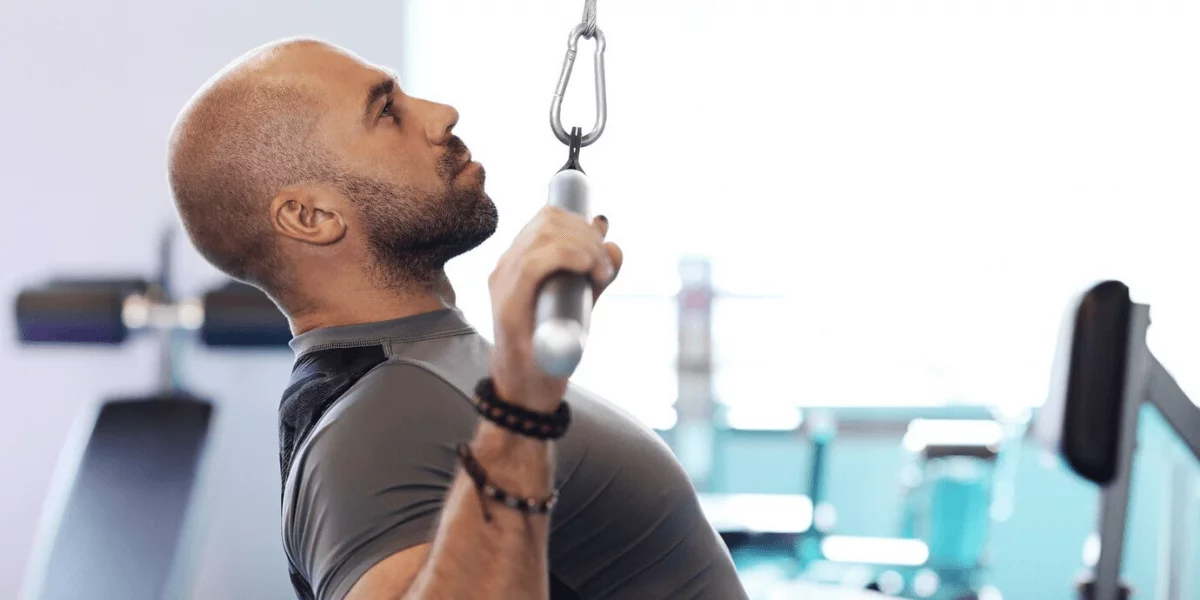- Hair Transplant Methods
- Hair Loss Treatment
- Hair Transplant Methods
- Hair Loss Treatment
Compare Clinics
Free hair loss consultation
+99 99 9999 9999

A successful hair transplant depends not only on surgical precision but also on how well patients follow post-operative instructions. One of the most critical factors? Knowing when and how to resume physical activity after a hair transplant.
Exercising too soon can jeopardize graft survival and lead to complications. So, let’s explore the exact timelines and safety tips for getting back to sport without compromising your results.
To perform a hair transplant, a surgeon extracts grafts individually (FUE) or via a strip (FUT), then re-implants each follicle with precision. The procedure requires making micro-incisions in the scalp and inserting each follicular unit to match the natural growth angle.
For the graft to survive and thrive, the follicle must anchor into the scalp and develop a new blood supply through neoangiogenesis. This biological process takes 5 to 15 days. Full stability is generally achieved by weeks 3 or 4.

During the first seven days, all forms of exercise are off-limits. The scalp is still fragile, and avoiding sweat and pressure is vital.
While you can begin light activity, contact sports or anything that involves friction (helmets, headbands, grappling) should be completely avoided. Acceptable exercises include:
Most physical activities can be resumed after four weeks, including running and weightlifting. However, for high-impact or contact sports like boxing, rugby, or martial arts, it’s best to consult your surgeon before resuming. Each case is unique, and graft stability must be confirmed.
Water sports, especially swimming, pose their own set of challenges:
Most surgeons recommend waiting at least one month before returning to the pool or sea. Even then, take the following precautions:
For patients eager to resume water activities earlier, consult your hair transplant surgeon. Some may allow it sooner under strict conditions, such as keeping the head dry and avoiding friction.
Every hair transplant recovery is different. While general guidelines exist, your surgeon knows your scalp condition best. Always get medical clearance before resuming intense or contact-based activities.
By respecting the healing phases and avoiding premature physical strain, you maximize the survival of each graft and the natural look of your results.


.svg)
